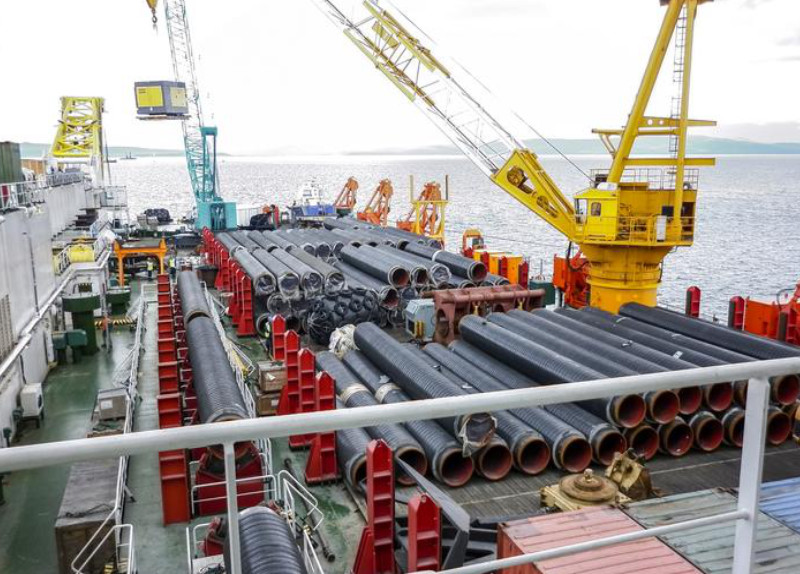

Commissioning
Starting the Life of a Pipeline Off Right
The first step towards avoiding a pipeline failure is avoiding damage during commissioning. There are several actions that a project manager can take to reduce the risk associated with pipeline installation and ultimately pipeline use. From the very start a pipeline installation can be damaged by contamination of the spool causing an increase in the risk of corrosion and hydrate formation from seawater ingress. The pipeline, during installation, may also be subject to the production and accumulation of debris from the environment, whether it be sand, biomass, or metal shavings these can all be good stress points for the deposition of organic and inorganic scale and the accumulation of corrosion causing microbes. Subsea production and pipeline construction in Deepwater exacerbate these issues by requiring many turns, bends, and variable diameters that prevent the use of conventional mechanical pigging devices.It is well understood that maintaining reservoir permeability is the only way to achieve maximum recovery of reserves. So, why don't we do it?


